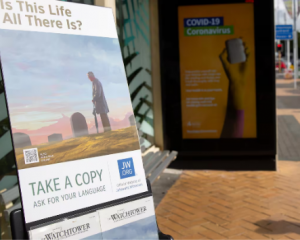The amount of phone and electronic spying carried out on New Zealanders has skyrocketed over the course of a year, according to the GCSB's latest annual report.
The details come amid ongoing revelations from whistleblower Edward Snowden over links between the GCSB and his former employer, the United States' National Security Agency -- and in the lead up to the security agencies increasing the threat rating faced by New Zealand.
The increase in the number of legal approvals to access New Zealanders information using the GCSB's powerful tools also comes after the bureau was found to have miscounted its figures the year before.
The Green Party found the GCSB had got the number of legal approvals wrong, which forced the GCSB to publish a correction. This year's annual report explained the miscount as "a misunderstanding of the information required" and because information wasn't stored in a single place.
The 2013-2014 annual report shows both types of electronic interception practised by the GCSB on New Zealand soil or against New Zealanders has jumped.
The GCSB is able to get -- with a minister's approval and a commissioner's oversight -- "interception warrants", which target specific people or places, and "access authorisations", which allow it to target an "information infrastructure", which could be a specific computer system or network, or a phone system.
The annual report shows there were 59 access authorisations which were "in force" over the year ending 30 June 2014, up on 26 the previous 12 months. The reference to the warrants being "in force" means some were issued in prior years and have continued to be used.
The increase was driven by the number of access authorisations issued during 2013-2014 -- it went from 11 issued to 48 issued.
The number of interception warrants went from 11 in the 2012-2013 year to 19 interception warrants over the latest 12 month reporting period. Again, the increase was driven by the number of new interception warrants issued -- up from five issued during 2012-2013 year to 14 new interception warrants in 2013-2014.
The report also saw the first details of the frequency with which the GCSB was called on to help other New Zealand agencies. The previous years report showed it helped on five occasions in the first two months since the law passed.
The new annual report shows there were 17 occasions across the year -- from September 2013 to the end of June 2014 -- to during which the GCSB was called on to use its intrusive and sophisticated spying tools for the police, NZ Defence Force or the NZSIS.
The report also notes a staff turnover which is higher than previous years -- from 6.5% in 2012 to 12.1% in 2014. The Herald understands a historical approach to non-performing staff -- which saw them kept on for security reasons -- has changed with the publication of the GCSB Compliance Review, written by the current NZSIS director Rebecca Kitteridge.
By David Fisher of the New Zealand Herald












